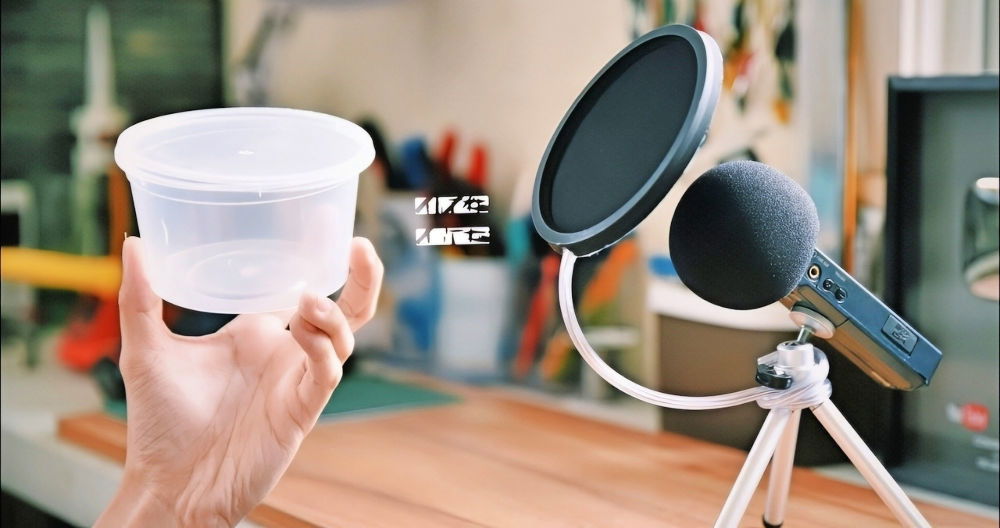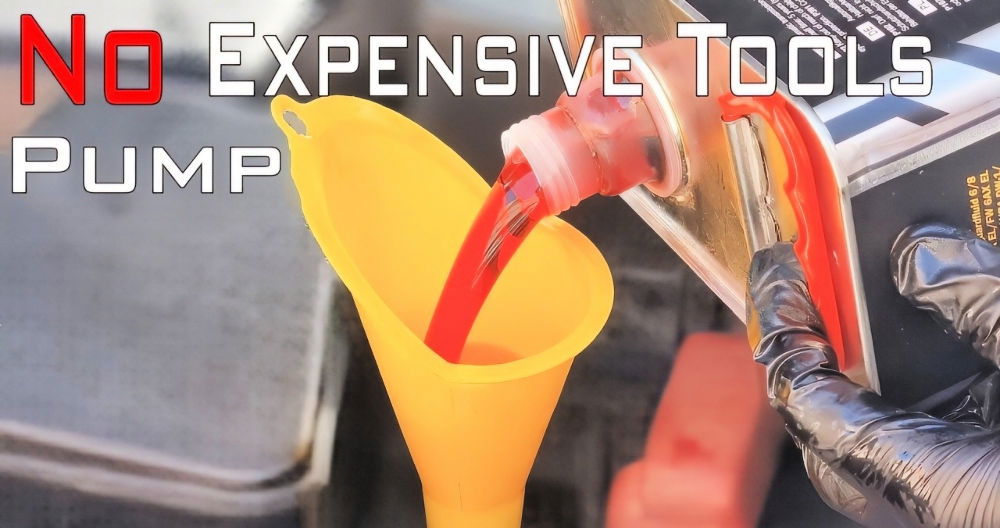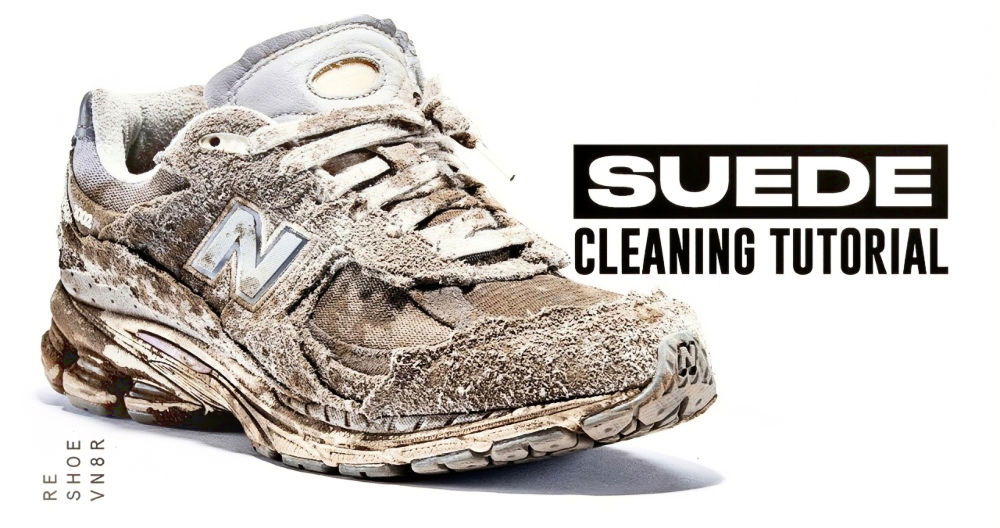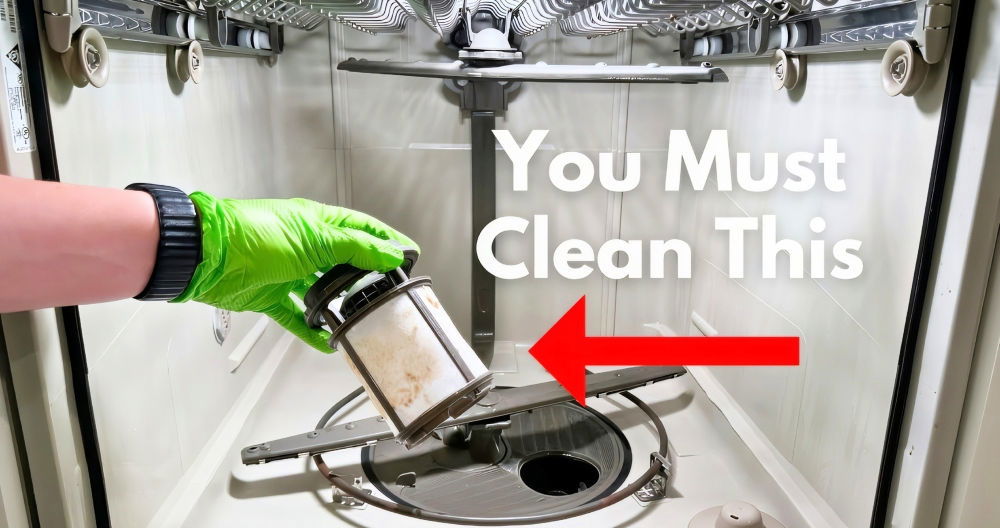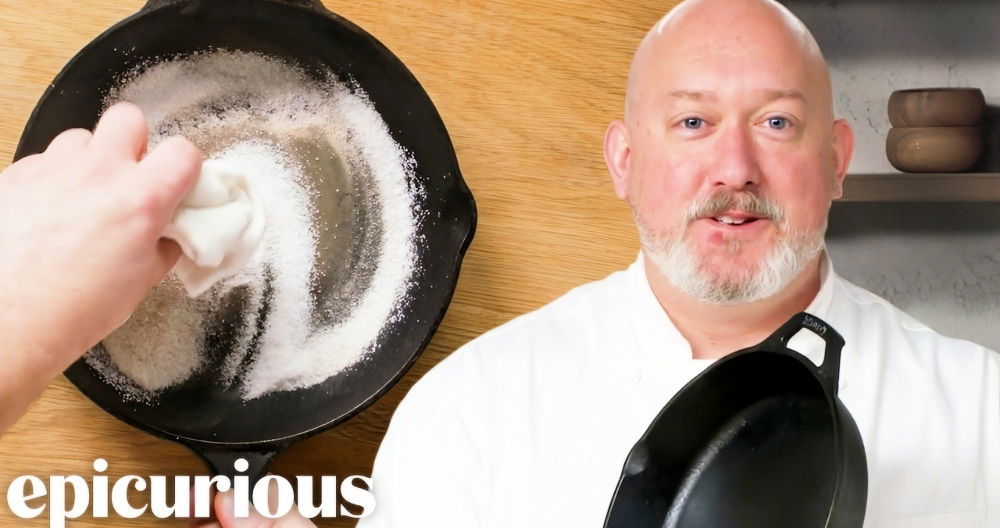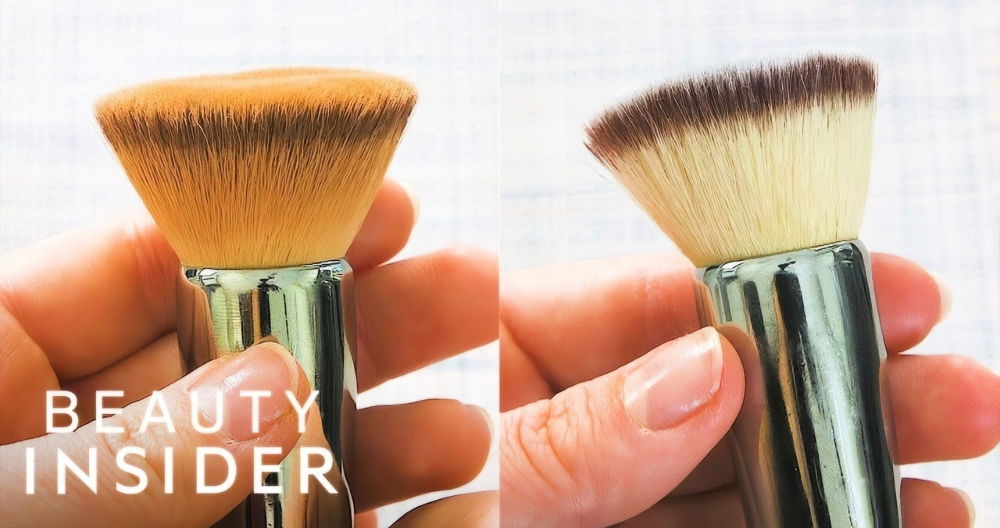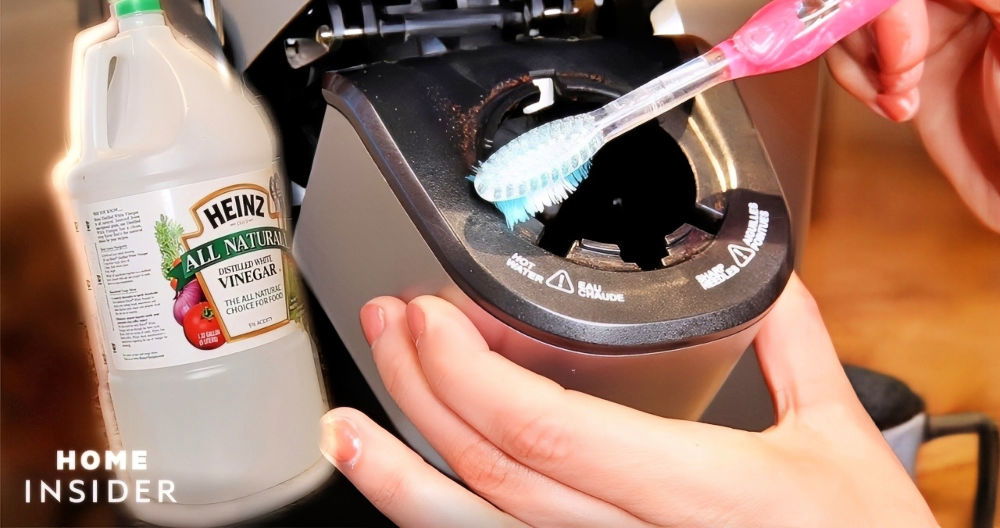Just the other day, I noticed my microwave was splattered with food stains and smelled unpleasant. Realizing it needed a thorough cleaning, I wanted the best way to clean my microwave without spending too much time. After some research, I discovered how to clean a microwave in just minutes using items I already had at home.
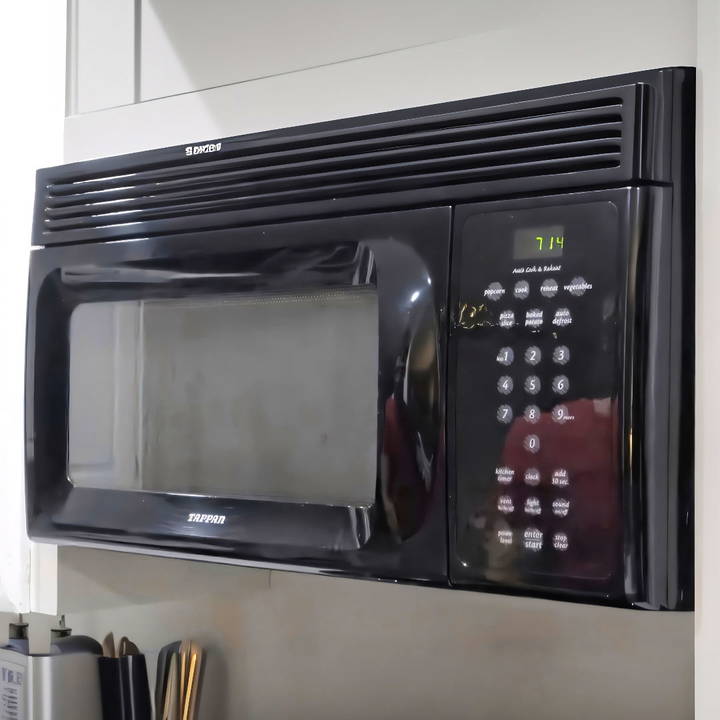
I'm eager to share this simple method with you so you can experience the same results. Trust me, in just a few minutes, you'll have a clean and fresh microwave without any hassle.
Materials Needed and Why
To start, you'll only need a few simple items that most of us already have at home:
- A Bowl: This will be used to hold the water that creates steam inside the microwave.
- Tap Water: It's essential for creating steam, which softens the grime and grease, making it easier to wipe away.
- A Cloth: A soft cloth is perfect for wiping the interior of the microwave after the steam has done its job.
Step by Step Instructions
Learn how to clean your microwave step by step. Follow these easy instructions to keep your microwave sparkling and odor-free.
Step 1: Prepare Your Microwave
First things first, take a bowl and fill it with tap water. There's no need to measure; just ensure there's enough water to create plenty of steam but not so much that it risks spilling when boiling. Place this bowl in the center of the microwave. This step is crucial because the water will be heated to create steam, the secret weapon in this cleaning method.
Step 2: Heat the Water
Set your microwave on high and time it for 6 minutes. This period is usually sufficient to bring the water to a boil and produce a good amount of steam. The steam will envelope the interior, working its magic on every surface by loosening the dirt, grease, and food particles that have built up over time.
Step 3: Let the Steam Work
After the microwave beeps, don't rush to open the door. Allow the microwave to cool down with the door closed for about five minutes. This step ensures that the steam has enough time to work on loosening the grime, making the wiping down process even more manageable. It's a little pause that makes a big difference in the cleaning process.
Step 4: Cleaning the Interior
Once cooled, carefully remove the bowl of water from the microwave (it may still be hot) and set it aside. Remove the turntable and place it in the sink; we'll get to that later. Now, dampen your cloth with the tap water and start wiping the inside of the microwave. You'll be pleasantly surprised at how easily the grime wipes away without any need for scrubbing. Make sure to clean the top, bottom, sides, and the inside of the door. The steam makes this task almost effortless, a fact that always brings a smile to my face.
Step 5: Clean the Turntable
Now, take the turntable you've previously set aside and clean it in the sink with some soapy water. Rinse it well, dry it with a paper towel or leave it to air dry for a few moments, and then place it back in the microwave.
Step 6: The Finishing Touches
Finally, with your damp cloth, wipe the outside of the microwave, paying special attention to the door and handles where fingerprints tend to accumulate.
And voil* à, you're done! Your microwave should now look and smell fresh, making it a welcoming place to heat your next meal.
Troubleshooting Common Issues
When it comes to keeping your microwave clean, you might encounter a few hiccups along the way. Here's a helpful guide to troubleshoot common issues you may face:
Stubborn Stains and Splatters
- Solution: For tough stains, create a paste using baking soda and water. Apply it to the stained area, let it sit for five minutes, then wipe clean with a damp cloth. For splatters, heat a bowl of water with a slice of lemon in the microwave for a minute to loosen the residue, making it easier to wipe away.
Persistent Odors
- Solution: To eliminate odors, mix equal parts water and vinegar in a microwave-safe bowl and heat until it boils. Let the steam fill the microwave for a couple of minutes before wiping the interior with a cloth.
Microwave Plate Not Turning
- Solution: Check if the plate is correctly seated on the rotating ring. Remove the plate and ring, clean them thoroughly, and ensure there's no debris in the wheels or the microwave's base.
Noisy Operation
- Solution: A noisy microwave could be due to debris on the turntable track or a misaligned plate. Clean the track and reposition the plate. If the noise persists, it may indicate a more serious issue, like a faulty motor, which requires professional attention.
Microwave Not Heating
- Solution: If your microwave turns on but doesn't heat, first ensure it's not in ‘demo' mode, which disables heating. If that's not the case, it could be a malfunctioning magnetron or diode, which are components best inspected by a technician.
Regular cleaning prevents issues. Refer to your microwave's manual for guidance and safety info. If unsure, consult a professional repair service.

Maintenance Tips
Keeping your microwave in top shape doesn't have to be a chore. Here are some straightforward tips to maintain your microwave, ensuring it runs efficiently and stays clean:
- Regular Interior Wipes: After each use, quickly wipe down the interior with a damp cloth. This prevents food particles from hardening and causing odors.
- Turntable Care: Remove the turntable weekly and wash it with warm, soapy water. Dry it thoroughly before placing it back in the microwave.
- Door Seals Check: Once a month, inspect the door seals for food buildup, which can prevent the door from closing properly. Clean them with a soft, damp cloth.
- Ventilation: Ensure the microwave's vents are not blocked. This can cause overheating and affect the microwave's performance.
- Avoid Metal: Never use metal containers or foil, as they can cause sparks and damage the microwave's interior.
- Odor Removal: To remove odors, microwave a bowl of water with a few tablespoons of lemon juice for three minutes, then leave the door open for an hour.
- Function Test: Regularly test the microwave's functions, like the timer and preset programs, to ensure they're working correctly.
- Professional Inspection: If you notice any irregularities in performance, such as unusual noises or inconsistent heating, it's time for a professional inspection.
Follow these tips to extend your microwave's life and keep it working well. A maintained microwave is more efficient, saving time and energy.
Safety Precautions
When using a microwave, safety is paramount. Here's a straightforward guide to ensure you use your microwave without any risks:
- Read the Manual: Every microwave is different. Make sure to read your microwave's manual to understand specific functions and safety features.
- Inspect the Door Seal: The door seal keeps the microwaves inside. Regularly check for and clean off any food residues or damages.
- Use Proper Cookware: Always use containers labeled as ‘microwave-safe.' Avoid materials like metal, which can cause sparks and fire hazards.
- Avoid Overheating: Overheating food can lead to burns or even start a fire. Follow recommended cooking times and use a food thermometer to check the temperature.
- Keep It Clean: Regular cleaning prevents food buildup that can catch fire. Wipe down the interior with a damp cloth after use.
- Ventilation: Make sure the microwave's vents are clear. Blocked vents can cause overheating.
- No Flammable Materials: Keep paper towels, kitchen towels, and other flammable items away from the microwave when in use.
- Don't Run Empty: Running the microwave without food or liquid can damage the appliance.
Following these simple safety steps lets you use your microwave worry-free. If in doubt, check the manual or consult a professional.
FAQs About How to Clean Your Microwave
This comprehensive guide offers the best tips and answers to FAQs about cleaning your microwave effectively and effortlessly.
A1: The easiest method involves using just water and a microwave-safe bowl. Fill the bowl with water and heat it on high for about 5 minutes. Let it stand with the door closed for another 15 minutes. The steam will loosen any grime, which you can then wipe away with a cloth.
A2: Yes, vinegar is an excellent cleaning agent for microwaves. Mix 2 tablespoons of white vinegar with 2 cups of water in a microwaveable bowl. Microwave on high for 5 minutes, then let it sit for 10 minutes before opening the door. Wipe the interior with a cloth.
A3: Absolutely! You can use lemon juice as an alternative. Mix about half a cup of water with the juice of one lemon in a microwave-safe bowl. Microwave for 3 minutes, and then wipe the interior with a cloth. This not only cleans but also leaves a fresh scent.
A4: For tough stains, make a paste with baking soda and water. Apply it to the stained areas and let it sit for 5 minutes. Then, use a sponge to scrub gently and wipe clean with a damp cloth.
A5: Remove the turntable and wash it separately with dish soap and water. For the exterior, use a cloth dampened with water and a little dish soap. Wipe it down, focusing on the keypad and handle, and then dry with a clean cloth.
Final Thoughts
Now that I've mastered this quick cleaning technique, I no longer dread tidying up my microwave. It's amazing how a few minutes can make such a difference, and I'm confident you'll find it just as helpful.


